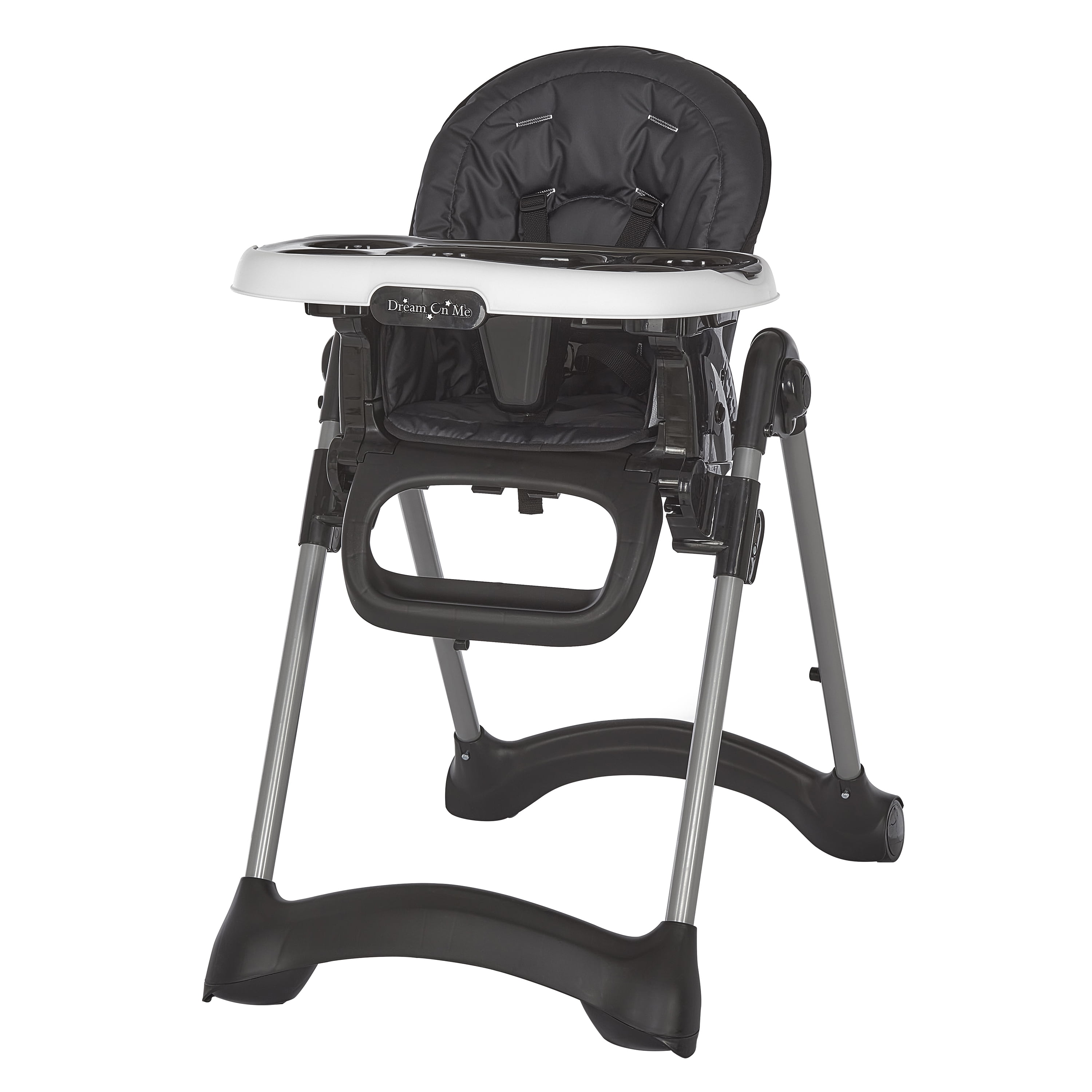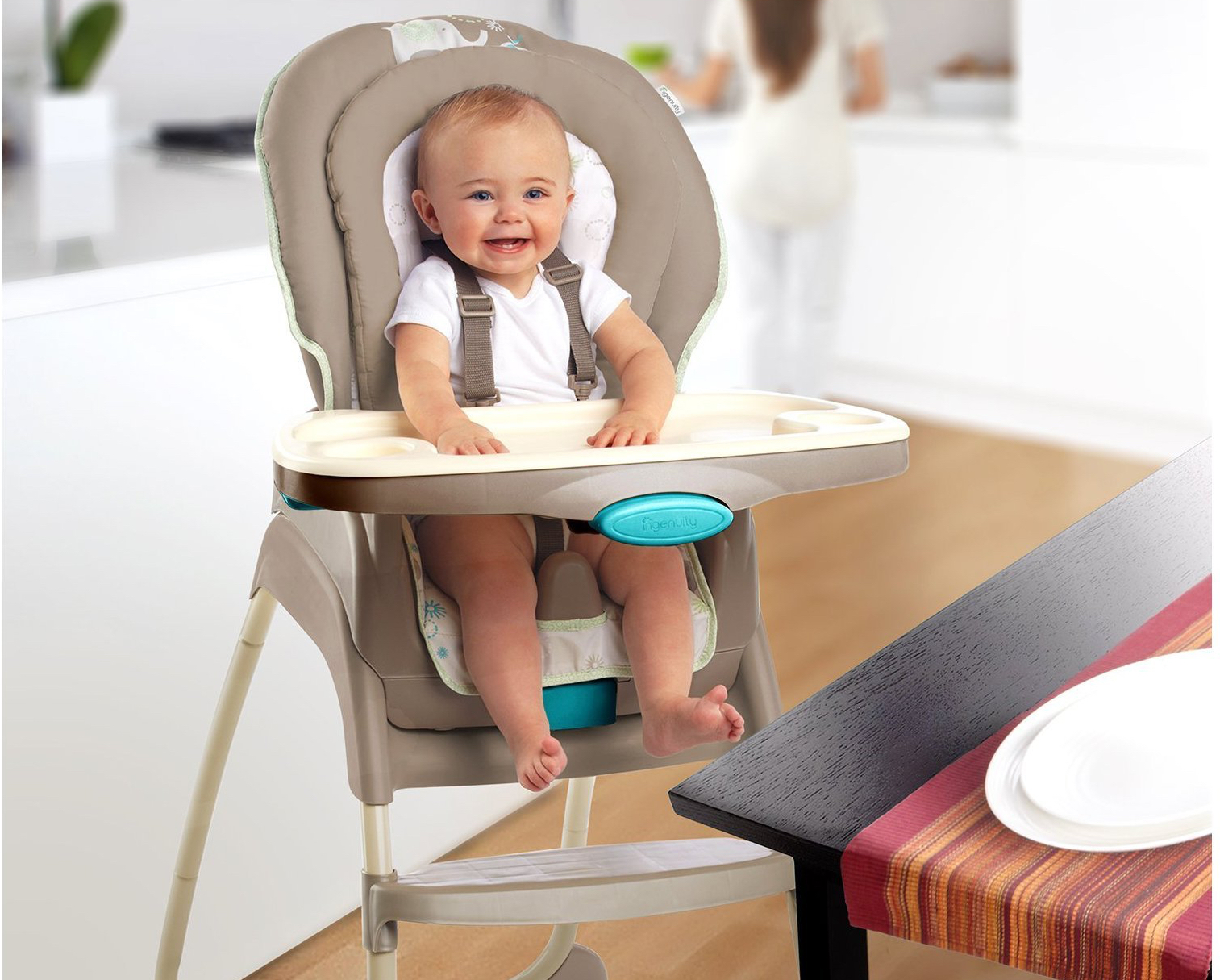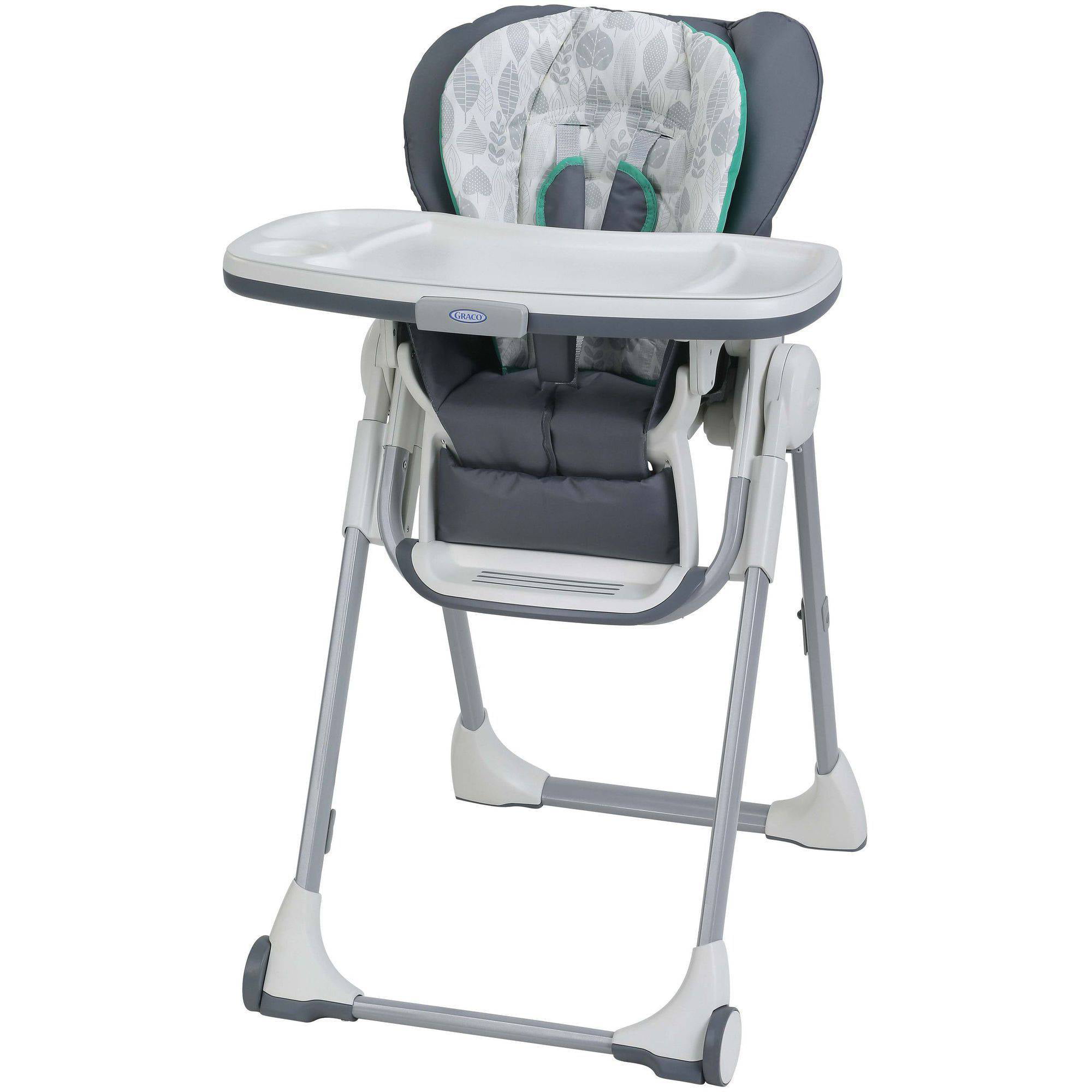Safety and Features of Toddler Dining Chairs

Choosing the right toddler dining chair is crucial for ensuring your child’s safety and comfort during mealtimes. A well-designed chair provides a secure and stable environment, promoting healthy eating habits and preventing injuries. Consideration of several key features will help parents make an informed decision.
Essential Safety Features
Several critical safety features should be prioritized when selecting a toddler dining chair. A robust harness system is paramount, securely holding the child in place and preventing falls. This typically involves a five-point harness, similar to those found in car seats, offering multiple adjustment points for a snug fit. The chair’s stability is equally important; a wide base and sturdy construction prevent tipping, even with an active toddler. Look for chairs with non-slip feet or floor protectors to enhance stability on various surfaces. Finally, the materials used should be durable and resistant to wear and tear, ensuring longevity and safety. Avoid chairs with sharp edges or small parts that could pose a choking hazard.
Comparison of Toddler Dining Chair Types
Different types of toddler dining chairs cater to various needs and age ranges. High chairs, booster seats, and even some convertible chairs offer unique functionalities. The choice depends on the child’s age, developmental stage, and family’s dining habits.
| Type | Age Range | Safety Features | Pros & Cons |
|---|---|---|---|
| High Chair | 6 months – 3 years (approximately) | Five-point harness, tray, adjustable height, wide base | Pros: Excellent support for young infants, built-in tray for easy feeding. Cons: Bulky, takes up significant space, may become unnecessary as child grows. |
| Booster Seat | 18 months – 5 years (approximately) | Harness or straps, secure attachment to chair | Pros: Portable, space-saving, suitable for use at various dining tables. Cons: Requires a stable adult chair, may not offer sufficient support for very young toddlers. |
| Convertible Chair | 6 months – 6+ years (depending on model) | Adjustable height, harness or straps (depending on mode), wide base (in high chair mode) | Pros: Adapts to the child’s growth, offering prolonged use. Cons: More expensive than other options, requires assembly. |
Importance of Adjustable Height and Footrests
Adjustable height and footrests are crucial features that significantly impact a child’s posture and comfort during mealtimes. An appropriately adjusted chair allows the child’s feet to rest flat on the floor or footrest, promoting good posture and preventing strain on their back and legs. A chair that’s too high or too low can lead to slouching, discomfort, and potentially poor eating habits. Adjustable height also allows the chair to adapt as the child grows, ensuring continued comfort and support.
Materials Used in Toddler Dining Chairs
Various materials are used in manufacturing toddler dining chairs, each with its advantages and disadvantages. Wood offers a classic, aesthetically pleasing look and is generally durable. However, it can be heavier and more expensive than other options and may require more maintenance. Plastic is lightweight, easy to clean, and often more affordable. However, it may not be as durable as wood and can be prone to scratches. Metal chairs offer excellent stability but can be cold to the touch and may require more careful cleaning to prevent rust. The choice of material should consider factors such as durability, ease of cleaning, and the overall aesthetic preference of the parents.
Choosing the Right Toddler Dining Chair

Selecting the perfect toddler dining chair is a crucial step in ensuring your child’s comfort, safety, and healthy eating habits. The right chair will support your child’s growth and development while seamlessly integrating into your home’s aesthetic. This guide provides a step-by-step approach to finding the ideal chair for your family.
Determining the Appropriate Chair Size
Accurately measuring your child’s height and comparing it to the chair’s specifications is essential. Begin by measuring your child’s height from the floor to the top of their head while they are standing. Next, consult the manufacturer’s specifications for the chair’s seat height and overall dimensions. The chair’s seat should allow your child’s feet to rest comfortably flat on the floor, with their knees bent at a 90-degree angle. A chair that’s too high will leave their feet dangling, while a chair that’s too low will force them to slouch.
Toddler dining room chair – Below is a simple flow chart illustrating this process:
Flow Chart:
Step 1: Measure Child’s Height -> Step 2: Check Chair Specifications (Seat Height, Overall Dimensions) -> Step 3: Ensure Feet Flat on Floor, Knees at 90 Degrees -> Step 4: Chair Fits Correctly
If the chair doesn’t meet these criteria, repeat steps 2 and 3 with different chairs until a suitable fit is found. Remember to consider your child’s future growth; a chair with adjustable height settings can be a wise investment.
Toddler Dining Chair Styles and Designs, Toddler dining room chair
The market offers a diverse range of toddler dining chair styles, each designed to complement various home décor styles. Careful consideration of your home’s aesthetic and your child’s preferences is key.
Examples of styles include:
- Traditional High Chairs: These classic designs often feature a tray and are typically made of wood or plastic. They are sturdy and durable but can be bulky and difficult to store.
- Modern High Chairs: Sleek and minimalist in design, often featuring clean lines and contemporary materials like metal and plastic. These chairs often prioritize functionality and ease of cleaning.
- Booster Seats: These portable seats attach to existing chairs, making them ideal for dining out or visiting family. They are lightweight and space-saving but may not offer the same level of support as a dedicated high chair.
- Stools and Chairs: Designed for older toddlers who can sit independently, these often resemble miniature adult chairs, fostering a sense of independence and grown-up style. They are usually lightweight and easily maneuvered, but may lack features such as trays or safety harnesses.
Drawbacks of Specific Toddler Dining Chair Types
Certain types of toddler dining chairs come with potential drawbacks. Bulky high chairs, while offering excellent support, can take up significant space and be cumbersome to move or store. Some materials, like certain fabrics, may be difficult to clean, requiring more frequent scrubbing or specialized cleaning products. Plastic chairs, while easy to wipe down, can sometimes feel less sturdy than wooden counterparts. Booster seats, while convenient, might not be suitable for all dining chairs and may not offer the same level of stability as a dedicated high chair. Consider these factors to avoid future inconveniences.
Toddler Dining Chair Maintenance and Care: Toddler Dining Room Chair

Maintaining your toddler’s dining chair is crucial for both hygiene and the chair’s longevity. Regular cleaning and occasional maintenance will keep it looking its best and ensure a safe eating environment for your little one. Proper care will extend the life of the chair, saving you money and reducing waste.
Cleaning and Maintaining Different Materials
Different materials require different cleaning methods. Using the wrong cleaning agent can damage the finish or fabric of your chair, so always check the manufacturer’s instructions first. Here’s a guide for some common materials:
- Wood: Wipe spills immediately with a damp cloth. For deeper cleaning, use a mild soap solution and a soft sponge. Avoid abrasive cleaners or excessive moisture, which can damage the wood’s finish. Regularly apply a wood polish or conditioner to maintain its luster and protect against dryness and cracking.
- Plastic: Plastic chairs are generally easy to clean. Wipe them down with a damp cloth and mild soap. For sticky messes, try a paste of baking soda and water. Avoid harsh chemicals and abrasive cleaners that can scratch the surface.
- Metal: Metal chairs can be cleaned with a damp cloth and mild soap. For stubborn stains, use a non-abrasive cleaner specifically designed for metal. Dry thoroughly to prevent rust.
- Fabric (e.g., Upholstered Seats): Vacuum regularly to remove crumbs and dirt. For stains, blot (don’t rub) with a clean cloth and a mild detergent solution. If the stain persists, consult the manufacturer’s cleaning instructions or a professional upholstery cleaner. Consider using a fabric protector to prevent future stains.
Assembling and Disassembling a Typical Toddler Dining Chair
Most toddler dining chairs come with clear instructions. However, a general understanding of the process is helpful. Many chairs utilize a simple bolt-and-socket system.
Imagine a chair with four legs, a seat, and a backrest. Typically, the legs are attached to the seat frame using bolts. The backrest is then attached to the seat frame using additional bolts. To assemble, you’d start by inserting the legs into their respective sockets on the seat frame, then secure them using the provided bolts and a wrench or screwdriver. The backrest follows a similar process. Disassembly is the reverse of this process. Carefully remove the bolts securing the backrest, then remove the bolts securing the legs. Keep all hardware together in a safe place for reassembly. Always refer to the specific instructions provided with your chair. A diagram would typically show the leg placement, bolt locations, and backrest attachment points.
Regular Maintenance Checklist
| Task | Frequency |
|---|---|
| Wipe down the chair after each meal | Daily |
| Vacuum or wipe down the chair to remove crumbs and dirt | Weekly |
| Inspect the chair for any loose parts or damage | Monthly |
| Clean the chair thoroughly with appropriate cleaner for its material | Quarterly |
| Check for any signs of wear and tear, especially on joints and bolts | Annually |
| Apply wood polish or conditioner (for wooden chairs) | Annually or as needed |
